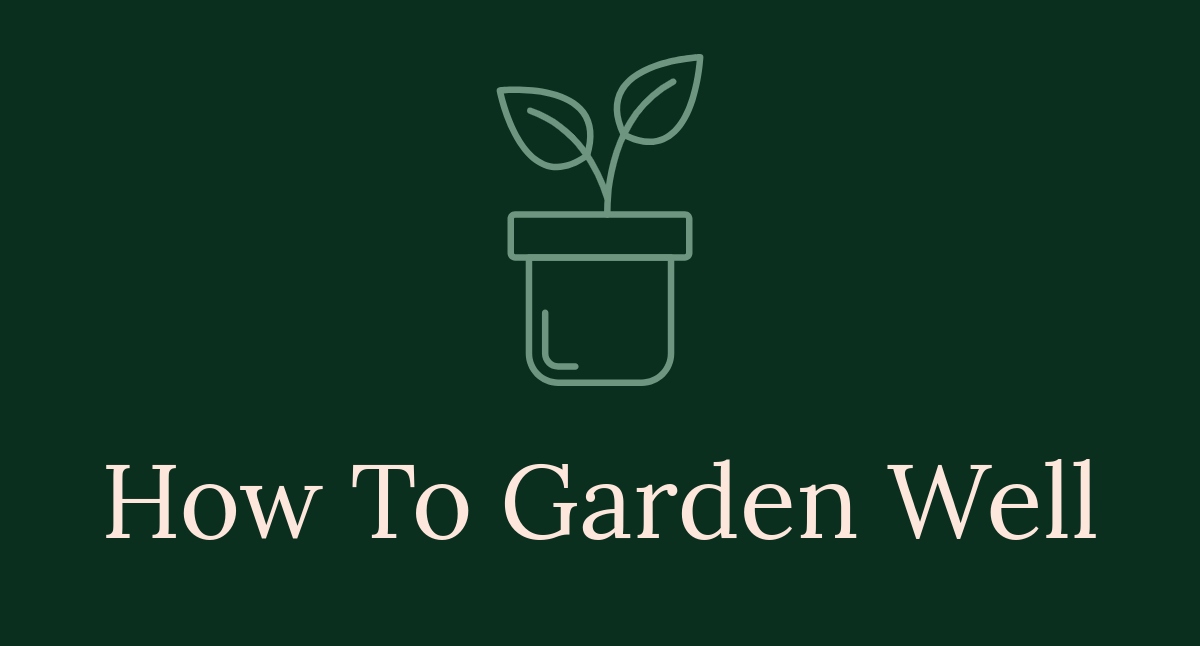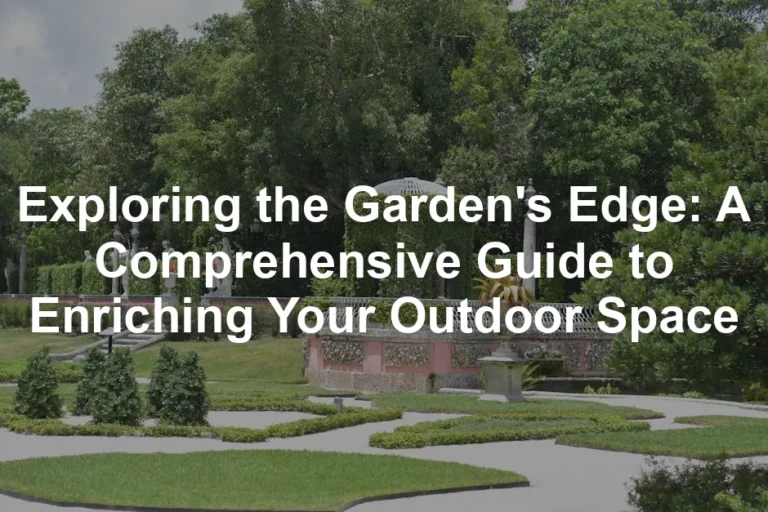

The Ultimate Guide to Creating Your Own Bamboo Garden: A Green Oasis
Introduction
Bamboo gardens are not just a passing trend. They’re vibrant ecosystems bursting with life. Picture those tall bamboo stalks swaying gently in the breeze, their leaves whispering secrets of tranquility. This lush greenery can transform any backyard into a serene escape. Plus, bamboo brings a heap of benefits, from sustainability to aesthetic charm.
But before you start planting like a wild gardener, there’s crucial information to consider. Choosing the right bamboo species is vital. Not all bamboo is created equal! Some thrive in colder climates, while others bask in the warm sun. And let’s not forget about care! These fast-growing plants require some TLC to flourish.
In this guide, we’ll cover everything you need to know to cultivate a bamboo garden that will leave your neighbors envious. Get ready to dig into the world of bamboo, where beauty meets sustainability. With just a little effort, you can create your very own green oasis. So, grab your Bamboo Gardening Gloves and let’s get started!

The Benefits of Bamboo Gardens
Environmental Benefits
Bamboo is a miracle worker for the environment. It absorbs carbon dioxide like a sponge, helping to reduce our carbon footprint. Did you know that bamboo can absorb up to 35% more CO2 than trees? That’s a pretty impressive stat! This fast-growing grass plays a big role in promoting biodiversity. It provides homes for various wildlife, from birds to insects.
Bamboo also acts like a superhero for the soil. Its root system stabilizes the ground, preventing erosion. When heavy rains hit, bamboo stands strong, reducing runoff and keeping soil in place. Plus, it improves soil quality by adding organic matter as it grows. It’s like a natural fertilizer, enriching the earth while being eco-friendly. Who knew that planting a few stalks could do so much good?
To keep your bamboo thriving, consider using Organic Fertilizer for Plants. This will ensure your bamboo gets the nutrients it needs to flourish while being gentle on the environment.

Aesthetic Appeal
Now, let’s talk about the looks! Bamboo brings a unique visual impact to landscaping. Imagine those tall, slender stalks swaying gracefully in the wind. They create a stunning backdrop for any garden. Whether you’re aiming for a tropical paradise or a serene Zen retreat, bamboo fits right in.
Its versatility shines through various design themes. In a tropical garden, bamboo adds that exotic flair. In a Zen garden, it brings tranquility and harmony. You can use bamboo as a natural privacy screen or as an eye-catching focal point. With its lush greenery and elegant structure, bamboo is the ultimate design chameleon.
Practical Uses
Bamboo is not just a pretty face; it’s incredibly practical too! This plant has a wide range of uses that extend far beyond the garden. In construction, bamboo is becoming a favorite material due to its strength and flexibility. It’s also a sustainable alternative to traditional wood.
In the world of crafts, bamboo reigns supreme. You can create stunning furniture, decorative items, and even musical instruments. Cooking enthusiasts will appreciate bamboo’s culinary uses. Think Bamboo Steamers and skewers, perfect for Asian dishes.
Specific bamboo products are a delight to discover. Bamboo utensils, mats, and even toothbrushes are eco-friendly options that make a positive impact. These items not only reduce plastic waste but also add a touch of natural beauty to your home. So, whether you’re looking to beautify your garden or your kitchen, bamboo has got you covered!
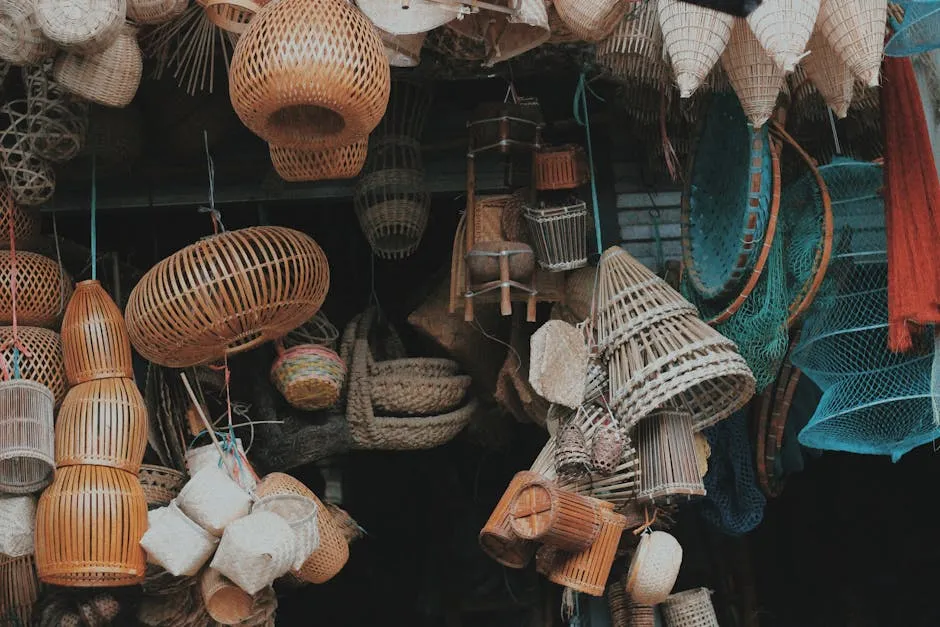
Choosing the Right Bamboo Species
Types of Bamboo
When selecting bamboo, understanding the differences between clumping and running bamboo is essential. Clumping bamboo grows in tight clusters, making it easier to manage. It’s perfect for smaller gardens where space is limited. Running bamboo, on the other hand, spreads through underground rhizomes. While it can cover large areas quickly, it requires more control. If you’re not careful, it may take over your garden!
For colder climates, Fargesia species are recommended. They thrive in chilly conditions and give a lovely bamboo look without becoming invasive. In warmer regions, Phyllostachys species are a great choice. They grow tall and provide that classic bamboo aesthetic. If you’re interested in starting from scratch, consider Bamboo Plant Seeds to get your garden going!
Choosing the right species is crucial for ensuring a flourishing bamboo garden tailored to your climate. Make informed decisions, and you’ll enjoy the beauty of bamboo for years to come!
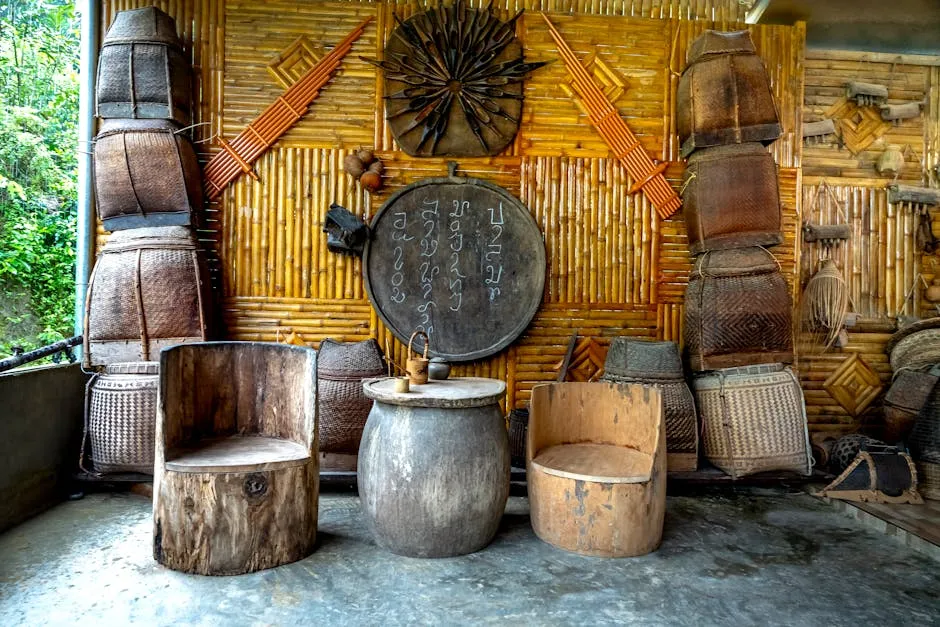
Factors to Consider
When selecting bamboo for your garden, three key factors come into play: height, growth rate, and hardiness. Bamboo can grow anywhere from a few feet to towering heights of 50 feet or more! Want a towering giant to impress your friends? Choose a high-growing species. Prefer a more manageable height? Opt for shorter varieties that still pack a punch.
Growth rate matters too! Some bamboo species can shoot up several feet in just a few weeks. If you’re looking for instant gratification, fast-growing bamboo is your friend. However, if you prefer a slow and steady approach, there are plenty of options that grow at a more leisurely pace.
Let’s not forget hardiness. Bamboo isn’t a one-size-fits-all deal. Certain species thrive in colder climates, while others are sun worshippers. Always check the hardiness zone of your chosen bamboo to ensure it can survive your local climate.
Speaking of climate, local weather conditions and soil types are vital for your bamboo’s success. Bamboo loves well-drained soil, but it can also adapt to various soil types. Just be sure to avoid overly soggy or compacted soils, as they may spell disaster for your bamboo. If your soil is a little lackluster, consider amending it with Compost Bin to give your bamboo a fighting chance.
In short, when choosing bamboo, consider its height, growth rate, hardiness, and local environmental conditions. These factors will set you on the path to bamboo success, ensuring your garden flourishes beautifully.

Maintenance Tips
Maintaining your bamboo garden can be a breeze with a few simple tips. First off, let’s talk watering. Bamboo loves moisture, but too much can lead to root rot. Aim for a balance. Water deeply but infrequently, about once a week during dry spells. If your bamboo starts looking droopy, it’s thirsty!
Next up is fertilizing. A slow-release fertilizer works wonders in spring. Look for one high in nitrogen to encourage lush growth. A little sprinkle around the base will do the trick. Just avoid over-fertilizing; bamboo is not a greedy eater!
Pruning is essential for keeping your bamboo in check. Trim off dead or damaged canes in late winter. This encourages new growth in spring. Don’t be shy; a good prune can revive a tired bamboo. Just be sure to wear gloves. Those sharp leaves can be deceiving!
Now, let’s tackle pests and diseases. Bamboo is generally pest-resistant, but occasionally, you might encounter aphids or spider mites. A gentle spray of water can dislodge these uninvited guests. If you notice yellowing leaves, it could be a sign of overwatering or nutrient deficiency. Keep an eye out!
For those looking to make gardening easier, consider investing in a Garden Trowel Set. This handy tool will make digging and planting a breeze!
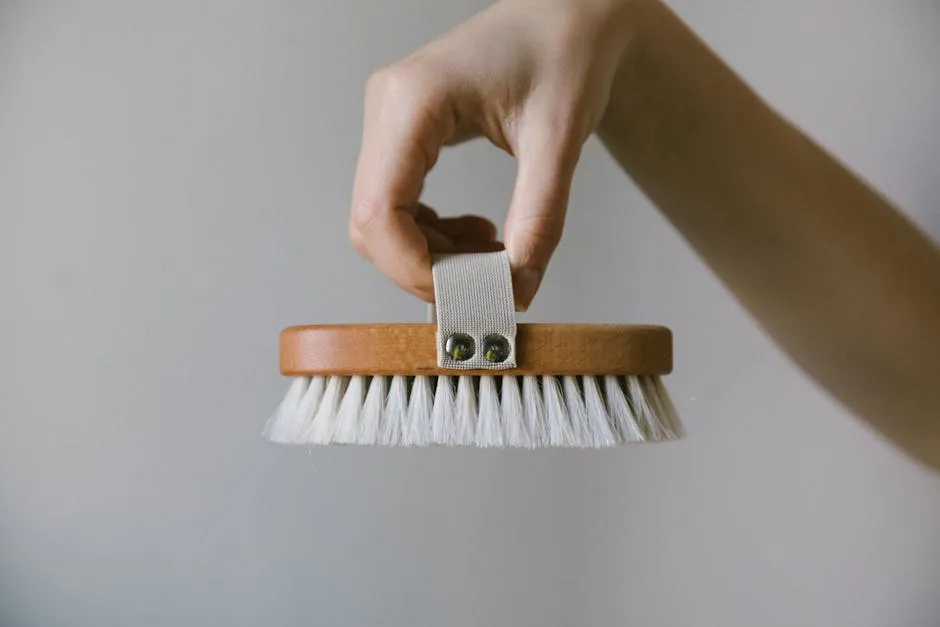
Controlling Bamboo Spread
Natural Barriers
To keep your bamboo from taking over your garden, consider natural barriers. Rhizome barriers are a popular choice. These are typically made from durable materials like high-density polyethylene. Bury the barrier at least two feet deep to prevent sneaky roots from escaping. Trust us; your neighbors will thank you!
Also, ensure to check your bamboo type. Some species are notorious for spreading quickly. If you have running bamboo, barriers are a must! For clumping varieties, you can relax a bit. They tend to stay put, making them easier to manage.
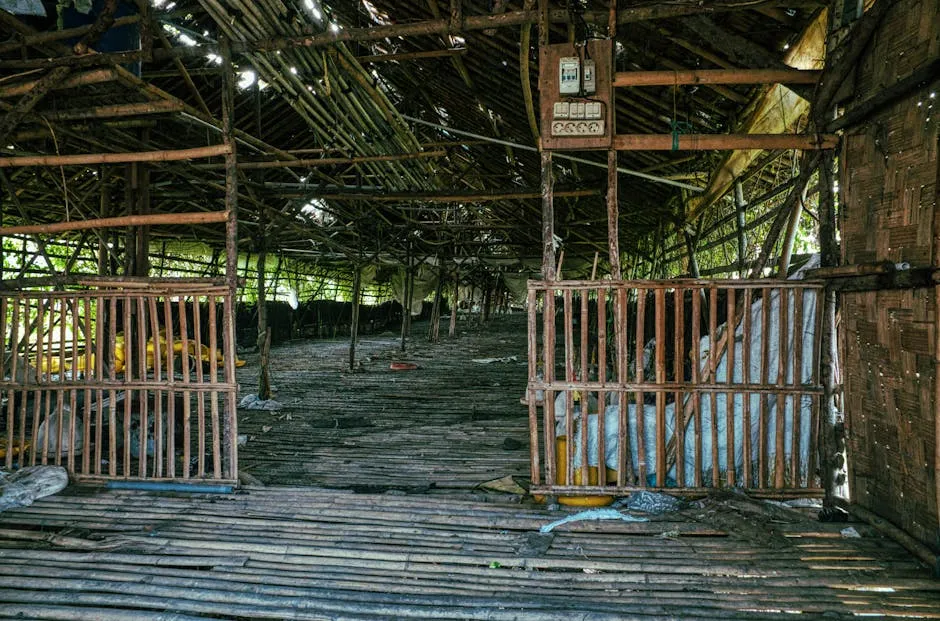
Containment Strategies
Managing bamboo growth is key to preventing overcrowding. Regularly inspect your garden for rogue shoots. Remove any that venture too far from the main clump. This will keep your bamboo looking tidy and intentional.
If space is tight, potting bamboo is a smart option. Choose large containers—at least 5 gallons—to give roots room to spread. This also helps control growth. Plus, you can easily move potted bamboo around to switch up your garden’s look. It’s like having a portable piece of paradise! Consider using Bamboo Planters for a stylish touch!

Creative Uses for Bamboo in Your Garden
Functional Uses
Bamboo is not just a pretty face; it’s incredibly functional too! Let’s start with fencing. Bamboo fencing offers privacy with a rustic charm. It’s lightweight and easy to install. Plus, it weathers beautifully over time, adding character to your space.
Trellises made from bamboo are another fantastic idea. They’re perfect for supporting climbing plants like beans or peas. Just lash together a few bamboo poles, and voilà! You’ve got a stunning focal point for your garden.
Bamboo can also jazz up your outdoor space with unique furniture. Think benches, tables, or even garden stools! Not only is bamboo strong, but it’s also eco-friendly. You’ll impress your friends with stylish, sustainable choices. If you’re interested, check out some Bamboo Outdoor Benches for your garden!

Water features are another fun avenue. Create a serene pond or fountain using bamboo. The gentle sound of water flowing through bamboo adds to the peaceful ambiance of your garden. You can even craft bamboo sculptures to enhance your outdoor art collection. Let your imagination run wild!
Incorporating bamboo into your garden not only enhances its beauty but also showcases its versatility. With a dash of creativity, you can turn your bamboo garden into a functional work of art.

Decorative Uses
Bamboo isn’t just for building fences or making furniture. It can also be a fantastic material for garden art and pathways! Here are some creative ways to incorporate bamboo into your outdoor space.
First, think about crafting bamboo sculptures. You can create eye-catching pieces that reflect your personality. For instance, a bamboo wind chime can dance in the breeze, producing soothing sounds that enhance your garden’s ambiance. Or, try your hand at a bamboo trellis! This not only supports climbing plants but also adds a vertical element to your garden design.
Pathways made of bamboo are another brilliant idea. Lay down bamboo stakes to form a rustic walkway. It’s simple yet charming! You can also use bamboo poles to create a natural border for your flower beds. They help define spaces while adding a touch of elegance.
Now, let’s get crafty! If you’re feeling adventurous, consider some DIY projects. How about making bamboo lanterns? Just hollow out a few bamboo pieces, add a candle or LED light, and watch your garden glow at night. These lanterns can transform any evening gathering into a magical experience.
Another fun project is creating bamboo planters. Simply cut a section of bamboo, fill it with soil, and plant your favorite flowers or herbs. It’s an eco-friendly way to showcase your plants! Plus, bamboo planters are lightweight and add a unique aesthetic. Use Bamboo Water Fountains to add a tranquil element!

Incorporating bamboo into your garden decor isn’t just stylish; it’s also sustainable. So, unleash your creativity and let bamboo elevate your outdoor space!
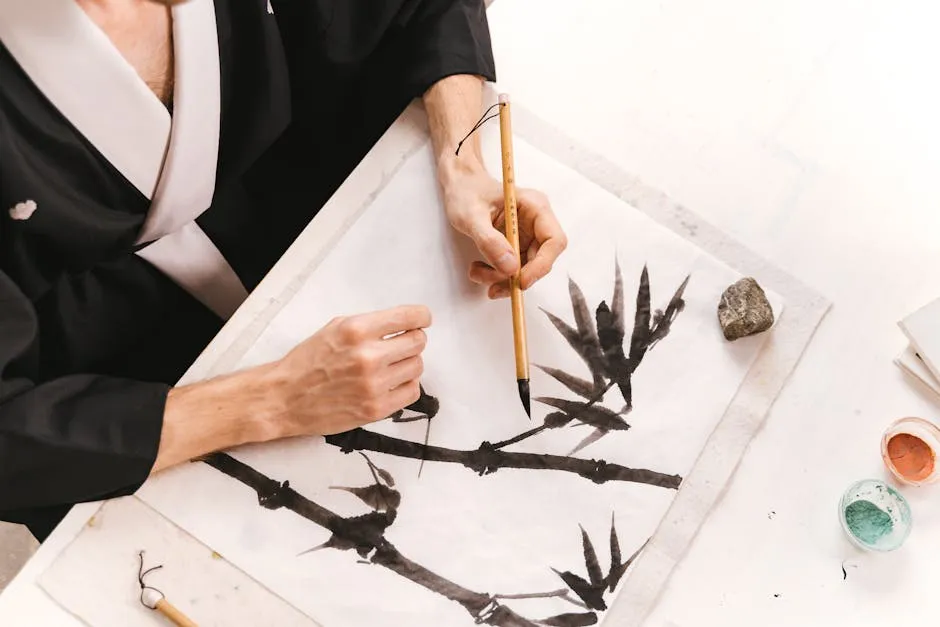
Conclusion
A bamboo garden can be a stunning and sustainable addition to any landscape. By following the guidance provided in this article, you can cultivate a thriving bamboo oasis that not only beautifies your space but also contributes positively to the environment. Bamboo’s versatility allows for endless creative possibilities, from functional designs to unique decorative features. Its eco-friendly nature means you’re making a choice that benefits the planet while creating a serene haven right in your backyard.
So grab your gardening gloves, and let’s get started on this green journey! Whether you aim for a tranquil retreat or a vibrant gathering spot, bamboo will help you achieve your vision. With the right care and creativity, your bamboo garden can flourish, providing beauty and sustainability for years to come. So kick off your shoes, embrace the outdoors, and let the magic of bamboo inspire your gardening adventure!

FAQs
Is bamboo invasive?
Bamboo can be invasive, especially running types. To manage its growth, consider planting clumping bamboo, which is less aggressive. Installing rhizome barriers can also help contain running species. Regular maintenance, such as pruning and monitoring, ensures that bamboo stays in check while enhancing your garden.
How do I choose between clumping and running bamboo?
Your choice depends on your garden size and desired aesthetics. Clumping bamboo grows in tight clusters and is ideal for smaller spaces. Running bamboo spreads quickly, making it suitable for larger areas. Consider your maintenance preferences and the overall look you want to achieve.
Can bamboo be grown in pots?
Absolutely! Potting bamboo allows you to control its growth and makes it perfect for small spaces. Choose a large container, at least 5 gallons, to give the roots room to spread. Make sure the pot has drainage holes to prevent waterlogging. This method also gives you the flexibility to move your bamboo around as needed.
What is the best time to plant bamboo?
Spring is the best time to plant bamboo, as the weather is mild, and growth is more vigorous. If you live in a warmer climate, you can also plant in early fall. Ensure that the soil is well-drained and properly prepared to give your bamboo the best chance of thriving.
How fast does bamboo grow?
Bamboo is one of the fastest-growing plants on Earth. Some species can grow up to 3 feet in a single day! This rapid growth means that you’ll need to manage its spread carefully, especially with running types. Regular pruning and containment measures will help you maintain a beautiful and healthy bamboo garden.
Please let us know what you think about our content by leaving a comment down below!
Thank you for reading till here 🙂
All images from Pexels
